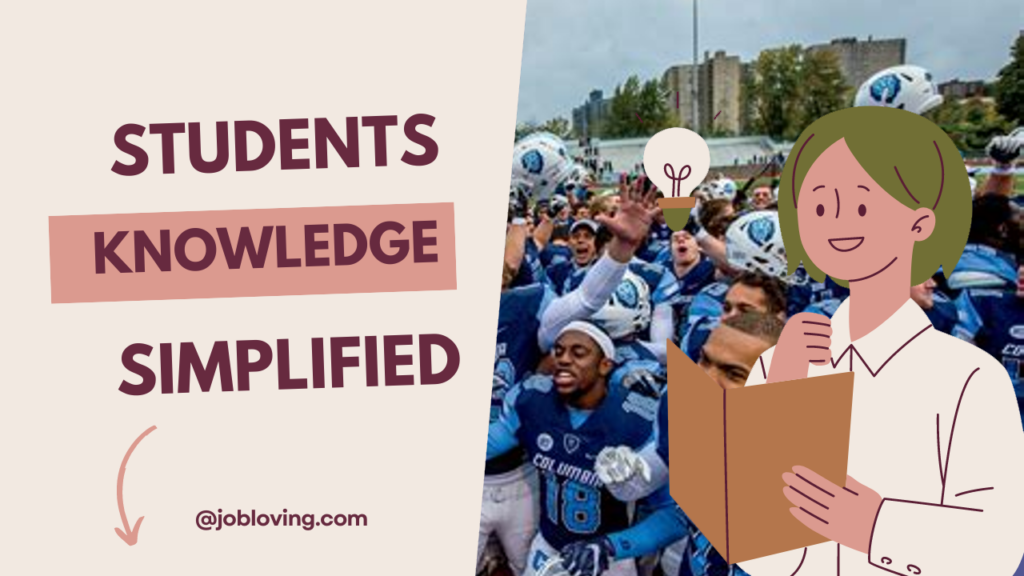When it comes to the question, Do Columbia students go to football games? the answer is a mix of enthusiasm and apathy, driven by historical context, student interests, and traditions. For one thing, all students with a valid Columbia or Barnard ID will receive free admission for all Columbia Athletic regular season events. You’d think that this would usher in a wave of excitement, akin to a Saturday in the South during college football season. However, attendance at Columbia football games often resembles, well, an empty stadium.
Many students find themselves showing limited interest in football games. With a history of losing seasons, school pride has taken a backseat. You can say the camaraderie exists, but it frequently derives more from supporting friends than from rallying around the school. The notion of school spirit feels a bit foreign on this campus, with an academic rigor overshadowing sporting events. Students often joke that attending a football game feels more like an obligatory march than a spirited gathering.
Interestingly, free merchandise—including t-shirts—proves to be a magnet, pulling some students into the stands. But it’s often the unique events and social gatherings, like Homecoming festivities, that will see noticeably more students in attendance compared to regular football games. This is largely influenced by Greek life involvement, which tends to amplify the social aspects surrounding school traditions.
The students’ perception of Columbia athletics plays a significant role. Many feel that Columbia sports lack the competitive edge found at other Ivy League institutions. Football games in particular, lacking the community engagement and electric atmosphere you’ll find at more successful teams, face a daunting challenge when it comes to attracting fans. It’s noted that while some students may enjoy the vibrant atmosphere at other events like basketball or volleyball, football just doesn’t invoke the same thrill.
Yet, the athletics department is not resting on its laurels. They are actively working to improve attendance, enhancing accessibility with a shuttle service that whisks fans to and from the Baker Athletics Complex. This fan bus starts two hours before the game and runs post-game, making it easier for students to get to the fields. Students flash their IDs for entry, eliminating physical ticketing woes. However, it’s important to note that guests must purchase discounted tickets in advance, which can be a deterrent if not properly communicated.
Weather conditions and game timings act as fickle arbiters of student attendance, and promotional efforts can make or break the turnout for certain games. Not surprisingly, rivalry games garner a more enthusiastic response from students compared to ordinary matchups, as many find excitement in the rivalry’s spirit. Social media outreach has emerged as a vital tool, effectively raising awareness and encouraging attendance through student groups and organizations eager to mobilize fellow students.
Ultimately, while free access to athletic events may seem open enough, it doesn’t guarantee a packed stadium. Students juggle various commitments and interests, leading to varied levels of engagement with football games. However, these events do serve as a social hub, providing opportunities to unwind, bond with friends, and delve into campus life.
Columbia students may have a diverse range of interests, leading to lower football attendance overall. Still, those who gather for games enjoy a unique passion that can sometimes contrarily flourish amid the indifference. They create game-day traditions promoting a sense of togetherness within the larger context of collegiate sports—a rhythm, albeit a quieter one, that beats steadily throughout the season. So yes, Columbia students may not be filling the stands, but those who do find their tickets offer a refreshing dose of community spirit, however fleeting.
What factors contribute to the low attendance of Columbia students at football games?
Columbia students exhibit limited interest in football games primarily due to a history of losing teams, negative attitudes towards athletes, and a stronger focus on academic rigor. Additionally, attendance is often driven by social events and peer influence rather than school spirit.
How do social events impact student attendance at Columbia football games?
Social events, particularly those involving Greek life, tend to draw more students than regular football games. Events like Homecoming create a sense of community and engagement that football games often lack, leading to fluctuating attendance based on the social calendar.
What role do promotional efforts play in enhancing student participation at Columbia football games?
Promotional efforts, such as social media campaigns and incentives like free merchandise and tickets, can significantly boost awareness and interest in attending football games. These initiatives aim to create a more vibrant atmosphere and encourage students to engage with Columbia Athletics.
How does the performance of the Columbia Lions affect student engagement with football games?
The historical performance of the Columbia Lions directly influences current student attendance, with better-performing teams typically drawing larger crowds. Rivalry games also attract more students, showcasing how team success and competitive matchups can enhance overall engagement.

